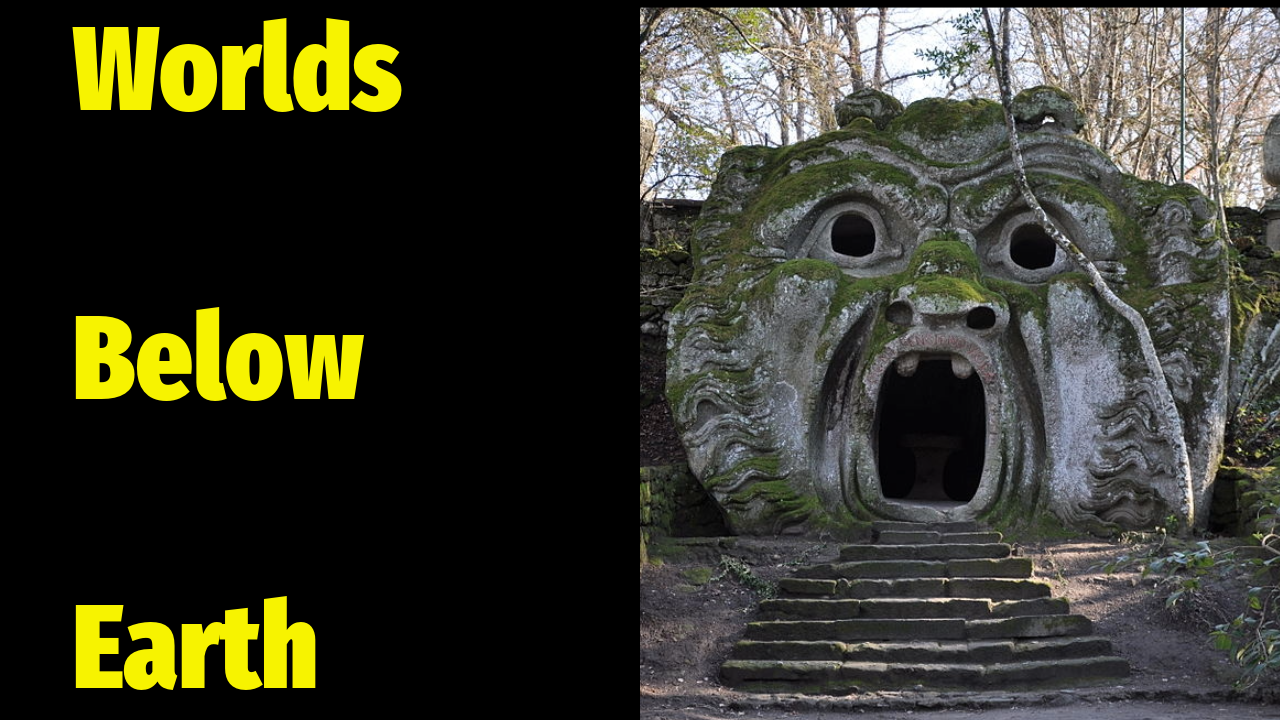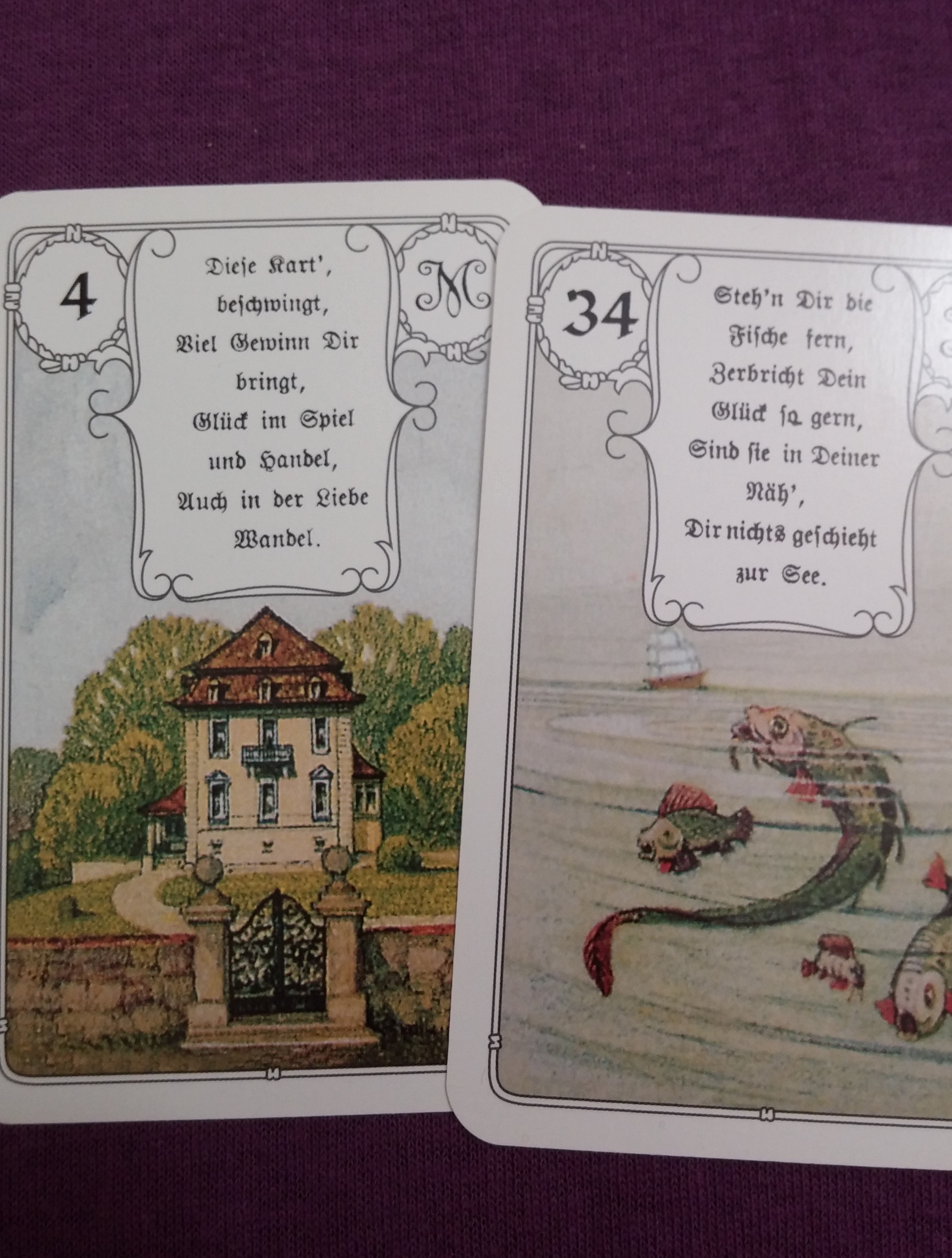
The underworld, also known as the netherworld or hell, is the supernatural world of the dead in various traditions and myths, located below the world of the living.
It has long been portrayed as a realm of death and darkness, but within esoteric and occult paths, it is seen as a place of transformation, wisdom, and initiation. A hidden realm where souls travel after death, where deities reign, and where profound wisdom can be gained, symbolizing death, rebirth and the unknown.
While often associated with fear and punishment, it also represents inner growth, and the journey of the soul toward enlightenment.
“There is nothing more powerful than this attraction toward the abyss.” Jules Verne, JOURNEY TO THE CENTER OF THE EARTH
Chthonic is the adjective for things of the underworld.
The terms “chthonic” and “chthonian” are derived from the Ancient Greek word (khthṓn) meaning “earth” or “soil”.
The Greek adjective (khthónios) means “in or beneath the earth” and is a descriptive word for things relating to the underworld.
In Greek mythology, deities referred to as chthonic or chthonian were gods or spirits who inhabited the underworld or existed in or under the earth, and were typically associated with death or fertility, such as Hermes, Demeter, and Zeus.
Gods that are related to agriculture are also considered to have chthonic associations as planting and growing take place, in part, under the earth.
Offerings were central to the worship of both chthonic and ouranic gods, though the specifics of these rituals differed.
Ouranic refers to deities that are celestial or above the earth.
People with high social status, like the Pharaohs, were dressed and equipped in order to better navigate the deeper realms.
The concept of an underworld is found in almost every civilization and “may be as old as humanity itself”. Common features of underworld myths are accounts of people making journeys below ground, often for some heroic purpose.
A number of mythologies incorporate the concept of the soul of the deceased making its own journey to the underworld, with the dead needing to be taken across a defining obstacle such as a lake or a river to reach this destination.
The Underworld is present in nearly every ancient civilization, each with its unique interpretation.
Greek and Roman Mythology: The Underworld, ruled by Hades (Pluto in Roman mythology), is a vast domain where souls are judged and assigned to different regions: Elysium for the virtuous, the Asphodel Meadows for ordinary souls, and Tartarus for the damned. It is guarded by Cerberus, the three-headed hound, and features rivers such as the Styx, which separates the world of the living from the dead.
Egyptian Duat: The ancient Egyptians believed in the Duat, a shadowy realm where souls underwent judgment before Osiris. The weighing of the heart against the feather of Ma’at determined one’s fate: eternal peace in Aaru or annihilation by the devourer Ammit.
Norse Helheim: In Norse mythology, Helheim is the realm of the dead who did not die in battle. Ruled by the goddess Hel, it is often described as cold and misty, a stark contrast to Valhalla, the hall of warriors.
The world tree, is a motif present in several religions and mythologies, particularly Indo-European, Siberian, and Native American.
It is represented as a colossal tree which supports the worlds above, thereby connecting the heavens, the terrestrial world, and, through its roots, the underworld. The most famous is probably Yggdrasil in Norse mythology.
“No one has ever known or will ever know the vastness of the roots of that ancient tree.” Odin describing the World-Tree Yggrdrasil, from the ELDER EDDA
Hindu Patala and Naraka: Hindu cosmology describes Patala as the subterranean realms inhabited by serpentine beings called Nagas, while Naraka serves as a place of purification for souls who must atone for their karma before reincarnation. Patala “that which is below the feet”, denotes the subterranean realms of the universe – which are located under the earthly dimension.
It is described as more beautiful than Svarga (subtle dimensions, loosely translated as heaven). Patala is described as filled with splendid jewels, beautiful groves and lakes.
Nagas are believed to live in the lowest realm of Patala, called Naga-loka.
In the Hebrew Bible, Sheol is the underworld place of stillness and darkness which lies after death.
It is described as a place where both the righteous and the unrighteous dead go, regardless of their moral choices in life.
Beyond the literal interpretation, many traditions view the Underworld as a space of transformation. Shamans, mystics, and initiates often undergo symbolic journeys into the Underworld, confronting their ego, shadows, and inner fears.
This journey mirrors psychological and alchemical processes of death and rebirth, representing a deep metamorphosis of the soul.
Occult traditions often connect the Underworld with hidden knowledge, the subconscious, and contact with otherworldly energies.
Many mystery schools teach that confronting one’s fears and embracing the darkness leads to enlightenment.
The Underworld is not merely a place of death but a realm of transition, wisdom, and inner growth.
Whether viewed as a literal afterlife, a metaphorical descent into the subconscious, or a sacred path of initiation, it remains a profound and universal symbol of the human experience.
By embracing the lessons of the Underworld, one can emerge renewed, transformed, and awakened.
The Underworld often symbolizes the deep layers of the subconscious mind. It is the place where fears, suppressed emotions, and ancestral memories reside. Occultists often describe it as a domain beyond the material world, existing parallel to physical reality but accessible only through dreams, trance, or ritual.
Beyond the myths of punishment and suffering, it is a dimension of hidden knowledge, ruled by powerful deities and beings, where the adept can undergo deep transformation. This perspective aligns with alchemical transmutation, the descent of the mystic into their own subconscious, and the journey of the soul through the mysteries of existence.
The Hero’s Journey: A descent into darkness or lands below, is a crucial phase where the hero must face trials before emerging enlightened. This motif appears in myths such as Orpheus’ descent into Hades, Dante’s Inferno, and the trials of the Egyptian Book of the Dead.
The Qliphoth in the Kabbalah: In contrast to the Tree of Life, which represents divine order, the Qliphoth are the “shells” or inverse aspects of creation, linked to the Underworld. Working with the Qliphoth involves confronting one’s inner self and breaking through personal limitations to reach higher states of consciousness.
Underworld Gods as Initiators of Wisdom: In many esoteric traditions, deities of the Underworld are not simply rulers of the dead but also guardians of occult wisdom and initiators of those who seek hidden truths.
Hecate, the Queen of the Crossroads: In Hellenistic magic, Hecate rules over the liminal spaces between worlds. As the goddess of the Underworld and magic, she grants knowledge to those who dare to walk between life and death.
Pluto/Hades as the Lord of Wealth: The Roman god Pluto, while feared, was also associated with the hidden treasures beneath the earth. Esoterically, the Underworld is where mystical riches are found, accessible only to those who master the descent.
Osiris, the Alchemical King: Osiris, the Egyptian God of the Dead, represents the eternal cycle of death and rebirth. His myth echoes alchemical transformation, where dissolution (nigredo) precedes resurrection (rubedo).
The Alchemical Descent: Alchemy, the mystical art of transmutation, mirrors the Underworld journey in its process. The nigredo stage, often depicted as death, decay, and darkness, represents the destruction of the ego and material attachments before enlightenment, where the ego is dissolved before achieving purification. This mirrors the Underworld as a space where the old self must die for the new self to emerge.
In this stage the adept faces their own illusions and attachments. Inner “darkness” emerge, forcing confrontation with fears. This darkness must be embraced before true higher gold (illumination) can be achieved. The Underworld, in this sense, is not a place to be feared but a necessary phase in mystical evolution.
Underworld Initiations and Rituals in the Occult: Throughout history, mystery schools and occult traditions have included Underworld-related initiations to symbolize death, rebirth, and transformation.
The Eleusinian Mysteries: These ancient Greek rites were centered around Demeter and Persephone, symbolizing the descent into darkness and the return to light, echoing the initiatory path.
Shamanic Underworld Journeys: Many indigenous traditions describe shamans traveling to the Underworld to retrieve lost souls, gain wisdom from spirits, and heal the living.
Dissolution of the False Self: The Underworld strips away illusions, forcing an encounter with the raw self.
Reintegration and Rebirth: Like the Phoenix rising from the ashes, those who complete the journey return renewed.
The Attainment of Hidden Wisdom: True power comes from understanding the mysteries of both light and shadow.
The Underworld is not simply a place of fear or punishment, it is an essential part of the mystical path. Whether through ancient deities, alchemical transformation, or shamanic initiation, it remains a realm of deep wisdom. Those who dare to explore its mysteries, embracing the descent into darkness, often emerge enlightened, empowered, and forever changed.
While these concepts may seem unreal or just myths, they may very well be real if we consider all the hidden knowledge that is still to be uncovered. Also, these principles can be applied in our daily life in a practical way, reaching for the best version of ourselves, whichever path we are walking on.
So, what do you think of The Underworld? What does it represent to you, and how can we use this knowledge in our daily lives, in a practical way? Let us know in the comment section, subscribe for more and share the post!!!
Also check our website for consultations, tarot readings, exclusive videos, courses, occult related items and more!!!
Video version here:
The Underworld – A Gateway to Subterranean Realms and Hidden Knowledge
Interesting sources, additional info, courses, images, credits, attributions and other points of views here:
Balancing and Healing the Chakras through Yoga https://www.udemy.com/course/balancing-and-healing-the-chakras-through-yoga/?referralCode=12C81A148616B419AA06
Mudras to Balance and Harmonize your Chakras and Energy Body https://www.udemy.com/course/mudras-to-balance-and-harmonize-your-energy-body/?referralCode=1A275C6E67E05E8C8130
Elemental Energy for Success and Well Being https://www.udemy.com/course/elemental-energy-for-success-and-well-being/?referralCode=A680413E03BEAD96E744
Book a Tarot reading here: https://www.suryaholistictarot.com/book-a-reading/
Check our soundtrack here:
https://lennyblandino.bandcamp.com/track/fire-meditation-1
Websites:
https://www.staciebronson.com/
Links and References:
https://en.wikipedia.org/wiki/Underworld
https://commons.wikimedia.org/wiki/Category:Underworld
https://en.wikipedia.org/wiki/Chthonic_deities
https://en.wikipedia.org/wiki/Patala
https://en.wikipedia.org/wiki/Cryptozoology
https://en.wikipedia.org/wiki/Hades
https://web.archive.org/web/20051207034127/http://home.earthlink.net/~mottimorph/Quotes_Misc.html
PICS:
https://en.wikipedia.org/wiki/File:John_Martin_002.jpg
https://en.wikipedia.org/wiki/Duat#/media/File:Book_of_Gates_Barque_of_Ra_cropped.jpg
https://en.wikipedia.org/wiki/Hades#/media/File:Cumae.gif
https://en.wikipedia.org/wiki/Naraka_(Buddhism)#/media/File:Ngaye_(Naraka)_in_Burmese_art.jpg
https://en.wikipedia.org/wiki/Orcus#/media/File:Bomarzo2013parco21.jpg
https://en.wikipedia.org/wiki/Patala#/media/File:Patala_Shesha.jpg
https://en.wikipedia.org/wiki/Patala#/media/File:Naga182.JPG
https://en.wikiquote.org/wiki/Sheol#/media/File:Early_Hebrew_Conception_of_the_Universe.svg
https://en.wikipedia.org/wiki/World_tree#/media/File:Yggdrasil.jpg
https://it.wikipedia.org/wiki/Naraka_(buddismo)#/media/File:Buddhist_hell.jpg
https://upload.wikimedia.org/wikipedia/commons/c/c3/Tree_of_Life%2C_Medieval.jpg
https://en.wikipedia.org/wiki/Hecate#/media/File:H%C3%A9cate_-_Mallarm%C3%A9.png
https://en.wikipedia.org/wiki/Pluto_(mythology)#/media/File:Locri_Pinax_Of_Persephone_And_Hades.jpg
https://en.wikipedia.org/wiki/Osiris#/media/File:Osiris-nepra.jpg
https://it.wikipedia.org/wiki/Nigredo#/media/File:Philosophia_Reformata_Emblem_9_-_Putrefactio..jpg
https://upload.wikimedia.org/wikipedia/commons/3/36/Witsen%27s_Shaman.JPG
https://it.wikipedia.org/wiki/Fenice#/media/File:Phoenix_detail_from_Aberdeen_Bestiary.jpg
https://pixabay.com/illustrations/ai-generated-hades-deity-underworld-8926649
https://pixabay.com/illustrations/ai-generated-lightning-gates-7706295
